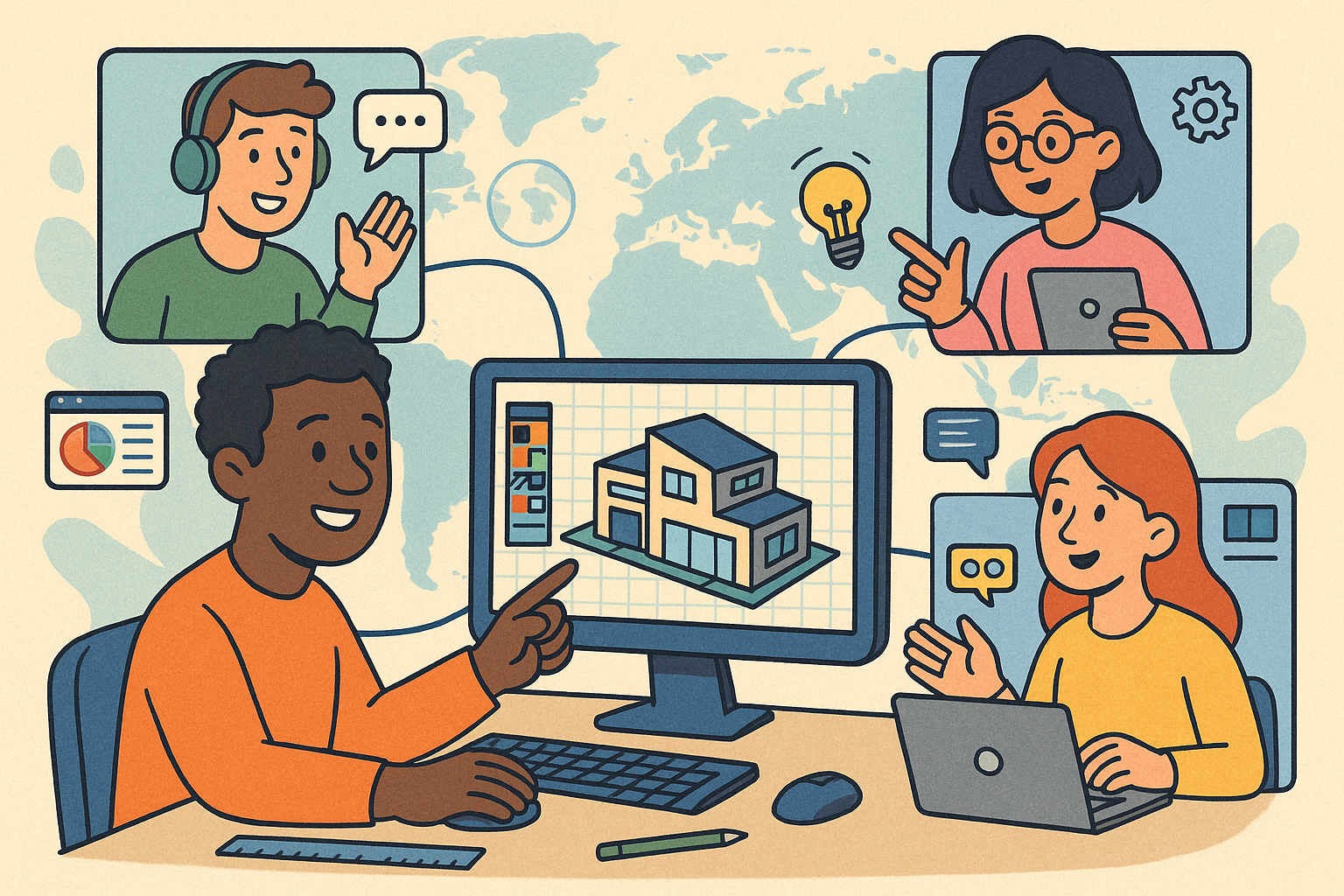Your Cart is Empty
Customer Testimonials
-
"Great customer service. The folks at Novedge were super helpful in navigating a somewhat complicated order including software upgrades and serial numbers in various stages of inactivity. They were friendly and helpful throughout the process.."
Ruben Ruckmark
"Quick & very helpful. We have been using Novedge for years and are very happy with their quick service when we need to make a purchase and excellent support resolving any issues."
Will Woodson
"Scott is the best. He reminds me about subscriptions dates, guides me in the correct direction for updates. He always responds promptly to me. He is literally the reason I continue to work with Novedge and will do so in the future."
Edward Mchugh
"Calvin Lok is “the man”. After my purchase of Sketchup 2021, he called me and provided step-by-step instructions to ease me through difficulties I was having with the setup of my new software."
Mike Borzage
Revolutionizing Product Visualization Through the Advancements in Real-Time Rendering Technology
July 29, 2024 3 min read


Introduction to Real-Time Rendering
Real-time rendering is a powerful technology that has revolutionized the way we visualize products. Unlike traditional rendering methods, which can be time-consuming and resource-intensive, real-time rendering provides instant visual feedback, allowing designers and engineers to see the effects of their changes immediately. This immediacy is crucial in product visualization, where understanding the look and feel of a design is essential for decision-making.
The journey to real-time rendering capabilities began decades ago, evolving from simple wireframes to the complex, photorealistic images we can generate today. This evolution has been driven by significant advancements in both hardware and software technologies. Understanding the distinction between traditional rendering and real-time rendering is critical; while the former focuses on achieving high levels of photorealism without time constraints, the latter emphasizes speed and interactivity, often balancing between quality and performance.
Advancements in Real-Time Rendering Software
The landscape of real-time rendering software has seen remarkable advancements, with key players such as Unreal Engine, Unity, and Blender leading the charge. These tools have pushed the boundaries of what's possible, enabling creators to produce scenes and visuals that were once the domain of high-end render farms.
- Photorealistic visualization: Modern real-time rendering tools can produce visuals indistinguishable from reality, making them ideal for high-stakes presentations and marketing materials.
- Interactive design and feedback: Designers can make changes and see results instantly, streamlining the design process and encouraging experimentation.
- Integration with VR and AR: Real-time rendering is at the heart of immersive experiences, allowing users to explore designs in a virtual space as if they were physically present.
Impact on the Design Process
Real-time rendering is transforming the design process across various industries by accelerating design cycles and enhancing collaboration. Its ability to provide instant visual feedback helps in refining products swiftly, thereby reducing development times significantly. Moreover, shared visualizations foster a collaborative environment where designers, engineers, and stakeholders can converge on decisions more effectively.
Industries such as automotive, architecture, and consumer goods have witnessed substantial benefits from the adoption of real-time rendering. It has enabled:
- Quicker iterations during the design phase, with the ability to explore and evaluate multiple variations in real-time.
- Improved communication and understanding among teams and clients, thanks to interactive and immersive visualizations.
- Enhanced decision-making processes, as stakeholders can better visualize and appreciate design nuances.
The Future of Product Visualization with Real-Time Rendering
Looking forward, the trajectory of real-time rendering technologies promises to further reshape the landscape of product visualization. The integration of Artificial Intelligence (AI) stands out as a pivotal development, poised to automate and optimize rendering processes, making them even faster and more efficient. Moreover, as these tools become more user-friendly and cloud-based services expand, we can anticipate a democratization of real-time rendering, making it accessible to a wider audience beyond professional designers and animators.
However, widespread adoption is not without challenges. The high hardware requirements for running advanced real-time rendering software pose a significant barrier, as does the learning curve associated with mastering these complex tools. Despite these hurdles, the potential of real-time rendering to revolutionize product design and visualization is undeniable. As we continue to push the boundaries of what these technologies can achieve, the future looks incredibly bright for designers, engineers, and creatives everywhere.
Also in Design News

Advancing Virtual Collaboration: Redefining Global Design Teams with Digital Innovation
October 24, 2025 12 min read
Read More
Design Software History: Historical Innovations in Design Software: Paving the Path to Sustainable Architecture Through Technology and Collaboration
October 24, 2025 13 min read
Read More
Cinema 4D Tip: Mastering the Timeline for Enhanced Animation Precision in Cinema 4D
October 24, 2025 3 min read
Read MoreSubscribe
Sign up to get the latest on sales, new releases and more …


